Get it now in our marketplace
|
 |
Accelario DataOps Platform for MySQL Databases: Accelario DataOps Platform for MySQL Databases accelerates and automates self-service provisioning and data refreshes from on-premises to the cloud and vice versa with minimal downtime. Speed up your go-to-market and application delivery without sacrificing performance.
|
 |
Accelario DataOps Platform for PostgreSQL Databases: Accelerate your application development and cloud migration with Accelario DataOps Platform for PostgreSQL Databases. This self-service platform streamlines database copy and speeds up DevOps pipelines. Reduce wait time for any type of test data to minutes.
|
 |
ARGOS – Contextual Cloud Security Monitoring: Get a precise picture of your cloud security posture with ARGOS’ end-to-end security service. Tools like resource graphs and exploitability checks enable real-time detection and remediation so you can focus on securely deploying applications with speed and efficiency.
|
 |
Bugzilla Issue Tracker: Bugzilla Issue Tracker on Ubuntu Server 20.04 is an open-source bug tracking solution that enables users to stay connected with their clients or employees while keeping track of outstanding bugs and issues throughout the software development life cycle.
|
 |
Cloud Membership Management System: Caloudi’s AI-powered cloud membership management platform helps consolidate and manage all information related to your retail customer on a single platform. Personalize your client’s shopping experience with targeted messaging and promotions.
|
 |
DesktopReady for MSP: DesktopReady for MSP is a Microsoft Azure Virtual Desktop automation platform that enables managed service providers to deliver Windows 10 desktops on Azure. Set up your modern workspace for improved agility and ongoing cost savings.
|
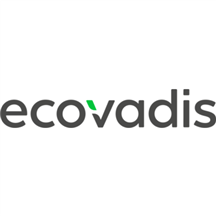 |
EcoVadis Sustainability Ratings: Integrate sustainability in your procurement policy, processes, and tools with EcoVadis Sustainability Ratings. This scalable SaaS solution helps screen and assess suppliers’ sustainability performance. This offer is for existing EcoVadis customers only.
|
 |
MediaValet Digital Asset Management: This secure, cost-effective digital asset management platform seamlessly integrates with your existing tools and allows marketing teams to create, organize, and distribute high-value digital assets across teams, departments, and partners.
|
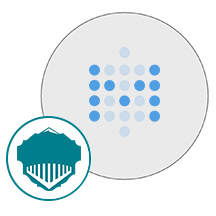 |
Metabase on Debian: Powered by Niles partners, Metabase is a business intelligence and data visualization tool with SQL capabilities. It offers a simple graphical interface to power in-application analytics without writing any SQL.
|
 |
Prescript EMR: Prescript EMR is an integrated healthcare platform for optimizing patient care in both urban and rural settings. Powered by a clinical management system it offers a single portal for administering appointments, electronic medical records (EMR), billing, and more.
|
 |
Procore SharePoint Integration: SyncEzy’s offering allows you to access Procore photos and documents within Microsoft SharePoint and discuss site documents with your construction crew from a central cloud location. Access work files within Microsoft Teams and more.
|
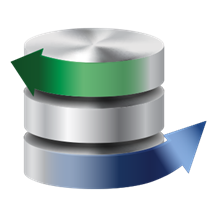 |
QuerySurge: Continuously detect data issues in your delivery pipeline with this automated data testing solution from RTTS. QuerySurge optimizes your critical data by integrating Microsoft Power BI analytics in your DataOps pipeline and improves ROI.
|
 |
Revenue Cycle Management: Inforich’s solution leverages AI, automation, and analytics to streamline the insurance and clinical aspects of healthcare by linking administrative, insurance, and other financial information with the patient’s treatment plan.
|
 |
Scheduling as a Service: This employee management scheduling software creates custom scheduling templates using AI to optimize resources and workforce requirements. Improve your field services and control costs by assigning employees based on total labor expense.
|
 |
Seascape for Notes: Seascape for Notes is an archiving solution for Lotus Notes (HCL Notes and Domino). It enables administrators to archive entire Notes applications, mail files, and other custom databases using a streamlined archiving process.
|
 |
ShiftLeft CORE: ShiftLeft CORE uses rapid, repeatable static application security testing to help developers fix 91% of new vulnerabilities within the code they are working on in two discovery sprints. Release secure code at scale with this easy-to-use SaaS platform.
|
 |
Symend: Symend’s relationship-based approach uses behavioral science and analytics to empower customers to resolve past due bills before they reach collections. Determine which strategies will empathetically help customers while lowering your operating costs.
|
 |
Vitals KPI Management for Healthcare: Vitals KPIM uses artificial intelligence and analytics to improve healthcare services by creating success metrics that align patient satisfaction, business processes and team collaboration. This solution is only available in Chinese.
|
 |
WhiteSource Open Source Security Management: WhiteSource Open Source Security Management offers an agile open source security and license compliance management solution that makes it easy to develop secure software without compromising speed or agility.
|
Go further with workshops, proofs of concept, and implementations
|
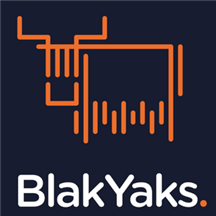 |
AKS Container Platform Build: 16-Week Implementation: In this engagement, BlakYaks will implement a secure and scalable Microsoft Azure Kubernetes Service (AKS) platform built with code for hosting container workloads at scale on Microsoft Azure.
|
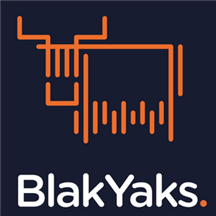 |
AKS Container Platform Design: 8-Week Implementation: Utilizing enterprise-grade designs, patterns, and operational frameworks, BlakYaks will provide a comprehensive design engagement for a secure and compliant Microsoft Azure Kubernetes Service platform.
|
 |
Azure IoT Jumpstart Kit: 1-Day Implementation Workshop: ACP IT Solutions will help connect your industrial sensors, machines, and production processes with Azure IoT using cost-effective, ready-made retrofitting product bundles. This offer is only available in German.
|
 |
Azure Managed Services: 12-Month Implementation: CoreBTS’ custom Microsoft Azure managed service will help cost-optimize your business processes by enabling your teams to focus on strategic tasks rather than day-to-day operations.
|
 |
Azure Migration: 4-Week Implementation: In this collaborative engagement, MNP Digital will seamlessly migrate your servers to Microsoft Azure to optimize your cloud usage and ensure a sustainable foundation, structure, governance, and security for your digital transformation.
|
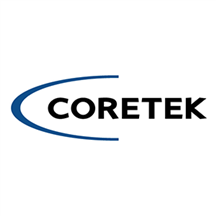 |
Azure Purview Foundations: 3-Week Implementation: Coretek will help you create a holistic, up-to-date map of your data landscape with automated data discovery, sensitive data classification, and end-to-end data lineage with Azure Purview Foundations.
|
 |
Azure Real-Time IoT Data Analytics: 20-Day Proof of Concept: ScienceSoft’s proof of concept is designed to help companies get real-time visibility into operational processes and enable intelligent automation using Azure IoT Hub, Azure Stream Analytics and Microsoft Power BI.
|
 |
Azure Sentinel Onboarding: 2-Week Proof of Concept: Enhance your organization’s threat detection and response capabilities in this proof of concept. The experts from Stripe OLT Consulting will help your organization modernize its security operation by onboarding Microsoft Azure Sentinel into your own tenant.
|
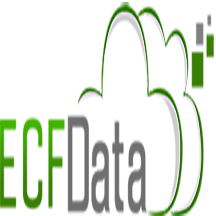 |
Azure Sentinel: 2-Day Workshop: In this workshop you will partner with ECF Data to modernize your security operation and capture threat intelligence using Microsoft Azure Sentinel and move your organization’s defenses from a reactive state to a proactive one.
|
 |
Azure Services: 1-Week Implementation: Manapro Consultants will demonstrate how Microsoft Azure services can transform your applications and lower operational costs as you lay the foundations for your cloud migration journey. This offer is available only in Spanish.
|
 |
Azure Site Recovery and Backup: 3-Week Proof of Concept: Using your existing on-premises and/or cloud servers, Insight will guide you through the concepts of cloud backup and disaster recovery and configure a working prototype. Learn how Azure Site Recovery can simplify and reduce the cost of your disaster recovery solution.
|
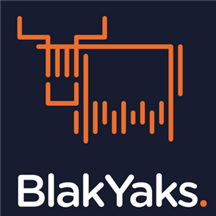 |
Azure Site Reliability Engineering (Managed Service): 12-Month Implementation: BlakYaks will create and implement a custom managed service for all your Microsoft Azure hosted platforms to keep them up-to-date and aligned to your strategic requirements. Cost-optimize your business processes and site reliability engineering operations.
|
 |
Azure Virtual Desktop: 2-Week Proof of Concept: Insight’s proof of concept will give you the foundational knowledge to configure a secure, scalable, virtual desktop infrastructure using Microsoft Azure Virtual Desktop. Empower your employees with a flexible work environment.
|
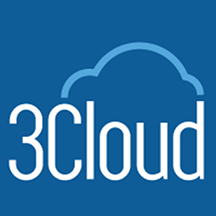 |
Azure Virtual Desktop: 5-Week Implementation: Is your organization struggling with transitioning to remote work? 3Cloud will deliver an Azure Virtual Desktop deployment tailored to meet your operational and security needs. You’ll learn about various deployment scenarios and how to enable remote work for your organization.
|
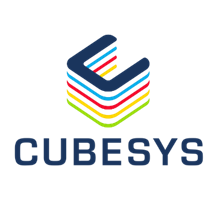 |
Azure Virtual Desktop & Windows 365 Managed Services: The experts from Cubesys will develop a virtualized desktop strategy that includes a roadmap and cost-benefit analysis for an enterprise-wide implementation of Microsoft Azure Virtual Desktop and Windows 365. Learn how you can access your desktop and apps from anywhere.
|
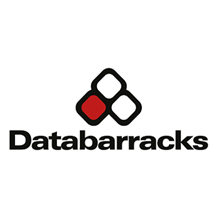 |
Backup as a Service: 12-Month Implementation: Using Microsoft Azure and Commvault, Databarracks’ implementation will proactively resolve any security issues and help your organization monitor, manage, and restore backups so your critical data is always protected.
|
 |
Cloud-Native Consulting: 2-Week Implementation: Alerant engineers will develop a wholistic understanding of your business needs before creating a roadmap to discover, plan, and develop cloud-native solutions to speed up your enterprise’s digital transformation.
|
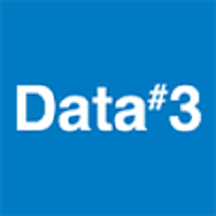 |
Data Innovation Studio: 2-Week Workshop: In this innovation workshop, the experts from Data#3 will help your organization further its analytics and AI capabilities by delivering a tailored roadmap using a modern data platform reference architecture for Azure services.
|
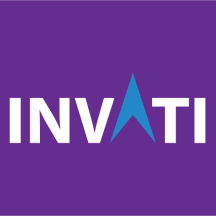 |
Data Lake for Mortgage Servicing: 4-Week Implementation: Invati will simplify and reduce loan servicing costs and improve business insights by mapping your team’s mortgage data sources to a single point of access using Azure Data Lake and Azure Synapse Analytics.
|
 |
Data Quality & MDM: 4-Week Proof of Concept: Using machine learning models built on Microsoft Azure components, the experts at Tredence will improve your data by removing duplicates and inconsistent records. Access reliable data for better business insights.
|
 |
Data Security Protection: 4-Week Workshop: Freedom Systems will help you understand your business’s security requirements and leverage Microsoft Enterprise Mobility and Security platform to protect and secure your organization.
|
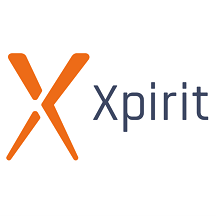 |
DevOps Assessment: 1-Day Workshop: Xpirit will leverage their expertise in DevOps and help roll out tooling and methodology as they facilitate your organization’s transition to the cloud. Companies in highly regulated sectors such as defense and finance will benefit from this offer. |
 |
Digital Twin Smart Spaces: 3-Month Proof of Concept: T-Systems MMS will identify, optimize, or sublet unused space by tracking the digital version of available physical workspaces in real-time via its Smart Spaces platform using battery-less sensors and Azure IoT services.
|
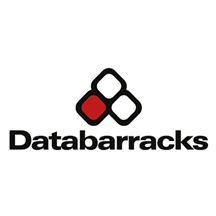 |
Disaster Recovery as a Service with Azure Site Recovery: 12-Month Implementation: Databarracks’ 24/7/365 service is compatible with both Windows and Linux Operating Systems and uses cloud-native solutions like Azure Backup and Azure Site Recovery (ASR) to implement a simple, secure, and cost-effective disaster recovery solution.
|
 |
Disaster Recovery as a Service with Zerto: 12-Month Implementation: Databarracks will replicate your on-premises or cloud servers using Zerto Virtual Manager into a Zerto Cloud Appliance hosted in Microsoft Azure. At the point of recovery, Zerto uses Azure queues and Azure virtual machine scale sets to accelerate recovery.
|
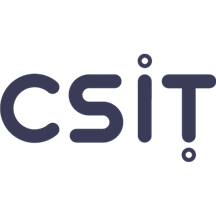 |
Education Diagnostic System: 5-Day Implementation: In this implementation SiES IT will help set up an appraisal platform to assess the value and quality of educational institutions using Microsoft Azure services. This offer is only available in Russian.
|
 |
Identity Cleanse: 5-Day Workshop: The experts from ITC Secure will consolidate and reconcile all sources of user and account information to assess your environment and improve the security of your ecosystem using Microsoft Azure Active Directory.
|
 |
Intelligent Hybrid Cloud Platform Hosting Solution: 3-Week Implementation: In this offer, Acer AEB will provide a consistent multi-cloud and on-premises management platform with the successful implementation of Azure Stack HCI (hyperconverged infrastructure) architecture and its integration with Azure Arc. This offer is only available in Chinese.
|
 |
Linux to Azure Migration: 16-Day Workshop: SVA consultants will help your organization analyze its existing Linux infrastructure and develop a roadmap and business case to move your servers and applications to Microsoft Azure using Microsoft’s Cloud Adoption Framework (CAF). This offer is only available in German.
|
 |
Microsoft Azure Migration & Deployment: 3-Month Implementation: In this offer, Insight’s specialists will guide you through the adoption and migration of Microsoft Azure and ensure your deployment process is tailored to your organization’s exact business goals and needs.
|
 |
Migrate to Azure: 15-Day Deployment: Learn how Nebulan’s iterative approach using the Microsoft Cloud Adoption Framework can cost-effectively migrate your top 10 workloads, including Windows and SQL Server, to Microsoft Azure. This offer is only available in Spanish.
|
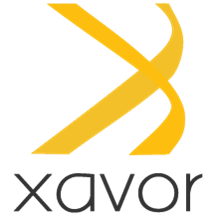 |
Migrate to Azure: 5-Week Implementation: In this offer, Xavor will implement a low-risk, data-driven Microsoft Azure cloud migration solution tailored to your organization’s unique needs. Ensure business continuity and improve performance with governance, automation, and control of multi-cloud environments.
|
 |
ML Ops Framework Setup: 12-Week Implementation: Tredence’s automated industrialized machine learning operations platform will help you generate higher ROI on your data science investments and offer clear and robust analytical insights with minimal manual effort using Microsoft Azure DevOps.
|
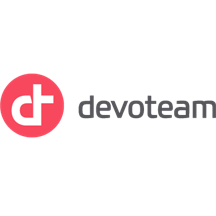 |
Modern Data Warehouse: 4-Week Proof of Concept: In this proof of concept, devoteam will demonstrate how its solution built on Azure Data Lake, Azure Analytics, and Azure Synapse can transform and modernize your legacy data landscape.
|
 |
Modernize with Azure Kubernetes Service: 5-Day Workshop: The experts at SVA will lead a hand-on workshop to demonstrate how Azure Kubernetes Service (AKS) can provide an agile developer environment in Microsoft Azure while reducing costs and administrative overhead. This offer is only available in German.
|
 |
Secure OnMesh: 8-Week Proof of Concept: Make security an intrinsic part of your digital fabric with Logicalis’ Secure OnMesh solution. In this engagement you will learn how Secure OnMesh leverages Microsoft Azure Sentinel to protect your entire digital ecosystem with AI-enabled threat hunting capabilities.
|
 |
Truveta Data Migration: 3-Month Service: Tegria’s service helps healthcare organizations build scalable data pipelines from the cloud to the Truveta healthcare data platform using Microsoft Azure tools like Data Factory and Databricks. Truveta anonymizes and maps patient data and automates file creation.
|
 |
Windows Server to Azure Migration: 16-Day Workshop: SVA will identify and prioritize all your assets located on-prem Windows server environment and help move them to Microsoft Azure using a Cloud Adoption Framework-aligned approach. This offer is only available in German.
|
Contact our partners
|
AccessGov
|
AI and Data Projects: 2-Hour Briefing
|
Azure Analytics: 5-Day Assessment
|
Azure Cloud Adoption: 2-Week Assessment
|
Azure Cloud: 4-Week Assessment
|
Azure Container Platform Security: 6-Week Assessment
|
Azure Migration: 3-Day Assessment
|
Azure Migration Readiness: 2-Week Assessment
|
Azure Session: 2-Hour Initial Assessment
|
Azure Virtual Desktop Services
|
C-Track Comprehensive Court Case Management Solution
|
Cisco Integrated System for Microsoft Azure Stack
|
Cloudera Data Platform 7.2.x Runtimes
|
CloudXR Introductory Offer – Windows Server 2019
|
Cryptographic Risk Assessment
|
Cyber Care – Managed SAP Connector for Azure Sentinel
|
Cybersecurity: 1-Week Assessment
|
Data Estate Assessment: 2-Week Assessment
|
DataNeuron: Automated Learning Platform
|
Data Science & AI: 1-Week Assessment |
Digia Cloud Cost Management Reporting
|
DLO Starter
|
e4Integrate
|
eMission Cloud View: 10-Week Assessment
|
eZuite Cloud ERP
|
HPC Cluster – CPU Based Cluster on SUSE Enterprise Linux 15.3 HPC
|
iEduERP
|
iFIX Intelligent Service Automation
|
impress.ai
|
Intelligent Document Processor
|
iPILOT Teams Direct Routing
|
IQ3 Cloud – Azure Managed Cloud
|
Journey to Cloud: 1-Hour Briefing
|
KIVU Expense
|
KPN Outbound Email Security Solution
|
Logicworks Managed Services for Azure
|
Loopr Data Labelling
|
Mammography Intelligent Assessment
|
MIND’s SAP on Azure: 1-Day Briefing
|
Minimum Viable Cloud: 6-Week Assessment
|
MT Cloud Control Volumes
|
Networking Services for Cloud: 1-Hour Briefing
|
OneDrop
|
Oracle Database
|
Orbital Insight Defense and Intelligence
|
PwC Promo and Assortment Management Tool (RGS)
|
Qlik Forts
|
Quality Management Software System
|
SailPoint Sentinel Integration
|
Sarus Private Learning
|
Scale by indigo.ai
|
Sentiment Analysis (Call Centre) by BiTQ
|
SINVAD
|
Thunder Threat Protection System Virtual Appliance for DDoS Protection
|
Urbana IoT Platform
|
Versa SASE in vWAN
|
Wipro Smart Asset Twin
|




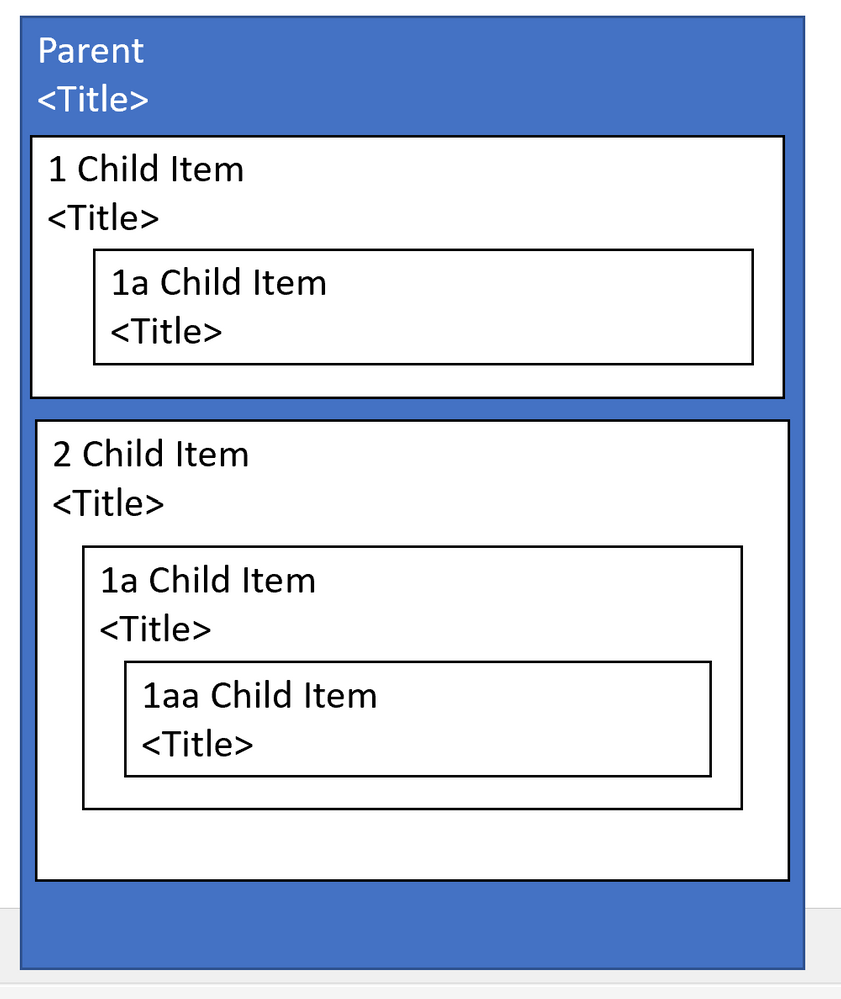
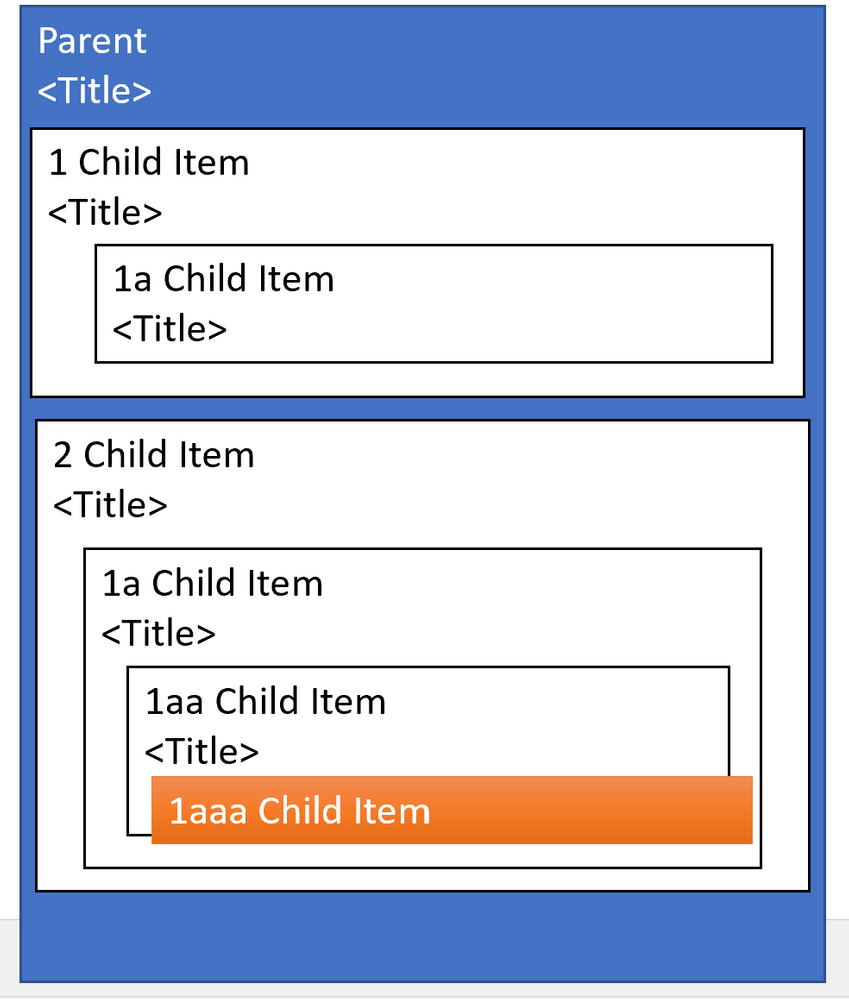





























































Recent Comments